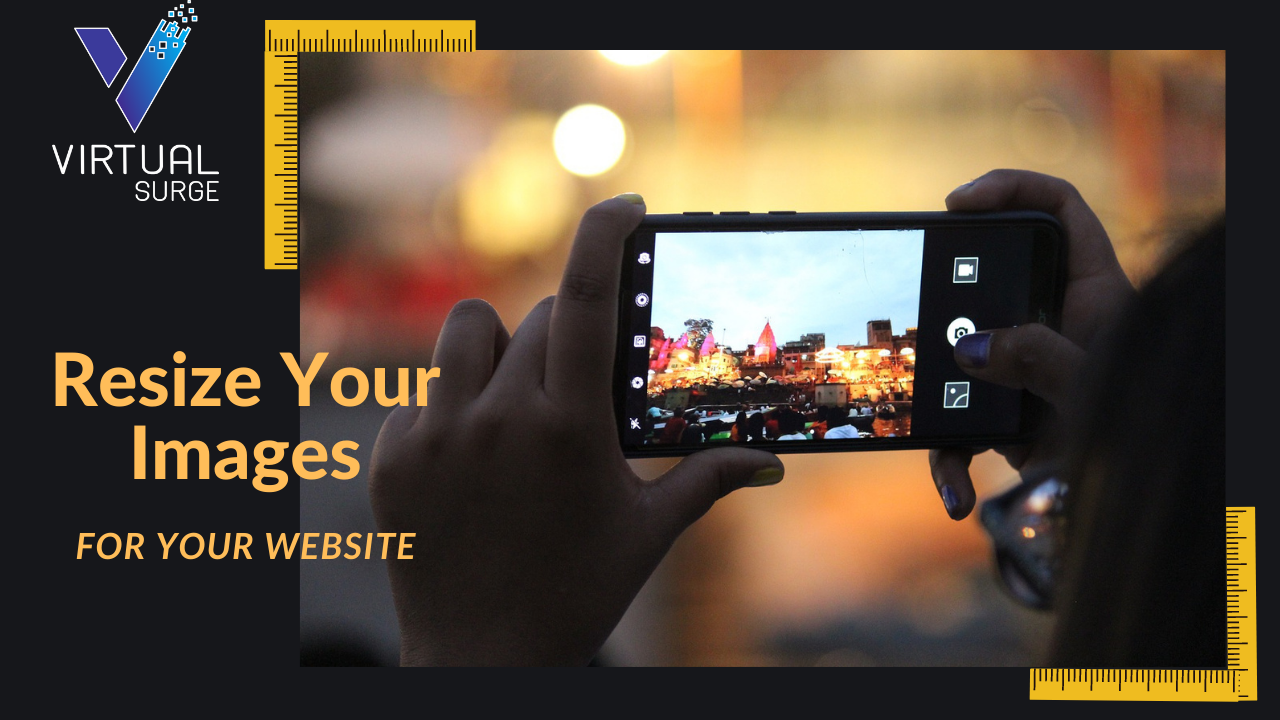The Perfect Way To Optimize Images For Your Website
Image optimization may typically involve making images look good, load quickly, or easy for search engines such as Google to index. Essentially, it’s a process that entails saving and uploading images without compromising their overall quality.
While the whole exercise may seem complicated, you can use various image optimization plugins and tools to compress images automatically up to 80 percent, without any fluctuations in the image quality.
You may enjoy various benefits when you optimize images you upload and share on your business website. Here’s how image optimization can help you.
- It can increase the loading speed of your website.
- Your website’s SEO rankings may also improve.
- Image optimization can guarantee a higher conversion rate for leads and sales.
- It can reduce the cost of backup storage.
- It can also mean less storage and bandwidth acquisition expenditure.
Given the above advantages, below are some tips you can use to optimize images for your website.
Start by Choosing Quality Images
You don’t need expensive photography equipment to have quality images to use on your website. There are many stock photo sites that you can use to download free images for commercial use. Some of the popular options include;
- Barn Images
- Unsplash
- Pixabay
- Little Visuals
- PicJumbo
- SplitShire
Alternatively, there are a few tricks you could use to make your images look well-lit and professional without the need for sophisticated camera equipment. That’s if you don’t know how you can obtain images from a stock photo website.
If none of the above options seem viable based on your needs, you can use free online tools to optimize your infographics and images with font overlays. Additionally, an exceptional logo design can serve as an optimized image for your company’s website.
Select the Appropriate File Type
There are different types of image files, including PNG, GIF, JPG, and SVG formats. However, website images often comprise JPG or PNG formats. Each format presents a different set of pros and cons. That said, below are some of the tips you should keep in mind.
- You should always save photographs as JPGs.
JPG formats, also known as JPEGs, can accommodate all the colors in an image in small and efficient file sizes. A JPEG image can help you avoid having an enormous file, which you may get if you saved your photograph in PNG format.
- Always save graphics in PNG format.
Graphics typically include logos, images with a lot of text, designs, and infographics. While PNGs offer a higher quality image than JPEGs, they come with larger file sizes. Essentially, PNGs often feature images with lots of colors and crisp lines that allow you to zoom in without compromising the image quality.
PNG files also support transparent backgrounds, which can come in handy if you’re planning to use a logo. Experts in site optimization recommend using PNG format files in 24-bit format rather than eight-bit due to better image quality and a wide array of supported colors.
Resize Your Images to Enhance Site Speed and Appearance

When looking for images for your website, you should strike a balance between the resolution and file size. Essentially, always remember that the higher the image’s resolution, the larger the file size.
For instance, if you upload a photo from your phone or a DSLR camera, the resolution, height, and width dimensions may be higher than what you may need. While this may be a great option for print or desktop publishing, it may not be suitable for your website.
With that in mind, reducing the file dimensions can help reduce its size. You can use image-editing software to downsize the images you’d like to use. For instance, you’ll have to choose a JPG format with dimensions of 1,200 × 795 pixels if you were planning to utilize an image that’s about 1.8 megabytes with dimensions of 4,900 × 3,200 pixels. It can reduce the file size by up to 94 percent.
Name the Image File Appropriately to Help Achieve Your SEO Objectives
Many people rarely give much thought to the names they assign the image files on their website. You should pay attention to how you name the files before uploading them to your website since it can make the photos easier to manage.
Past that, based on where the images appear on the internet, using the correct naming can boost the efficiency of your SEO strategies. To guarantee consistency throughout your website, take note of the following tips.
- Try sticking to lower case letters and numbers from zero to nine.
- Avoid using punctuation marks and leaving spaces in between words.
- Consider using hyphens instead of underscores.
In Conclusion
If you need to optimize images for your website, there are four easy ways to do it. They include choosing the right image quality, selecting the appropriate file type, resizing the images, and using the proper file-naming technique.
If you need assistance in image optimization for your site, don’t hesitate to contact the digital marketing professionals at Virtual Surge. You’ll get personalized solutions to meet your SEO needs.

